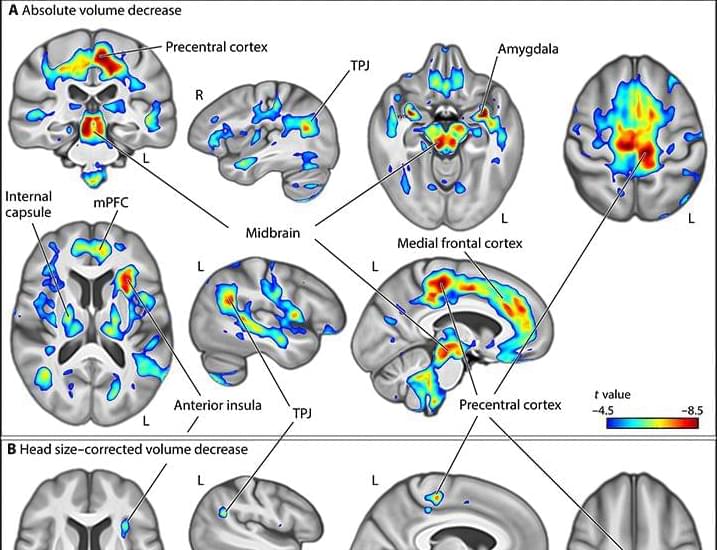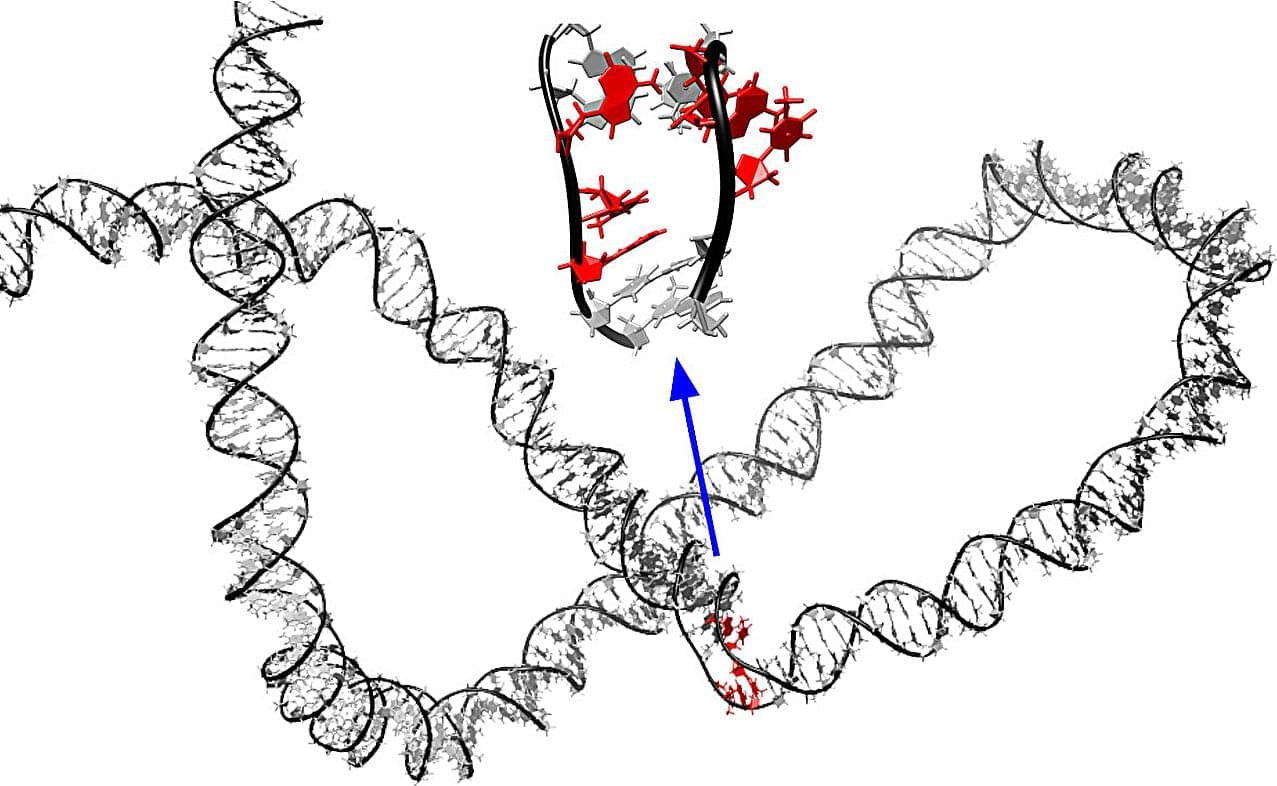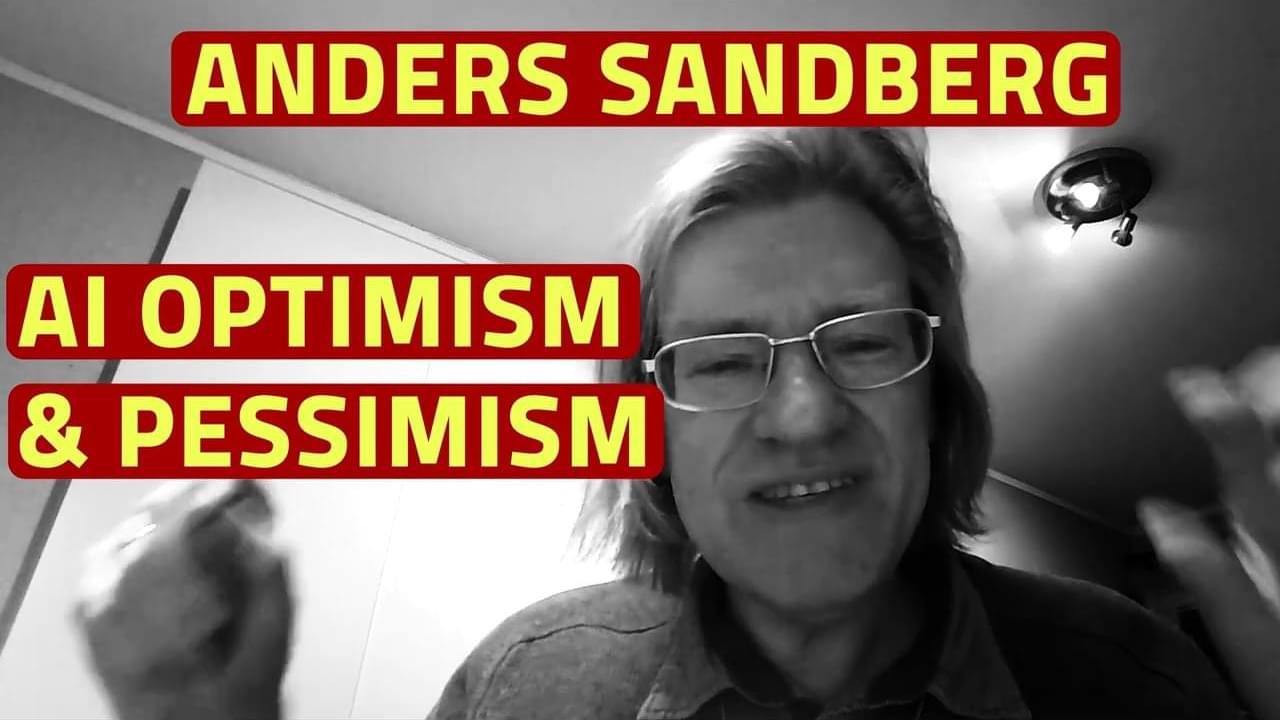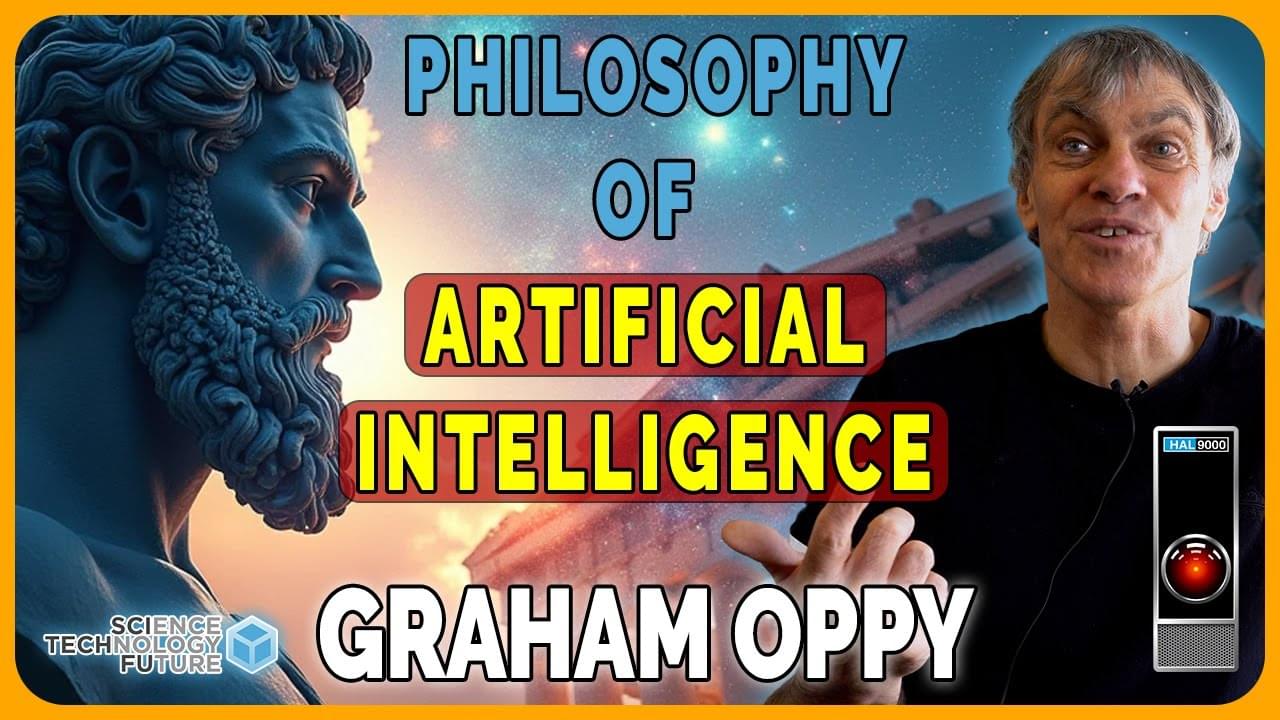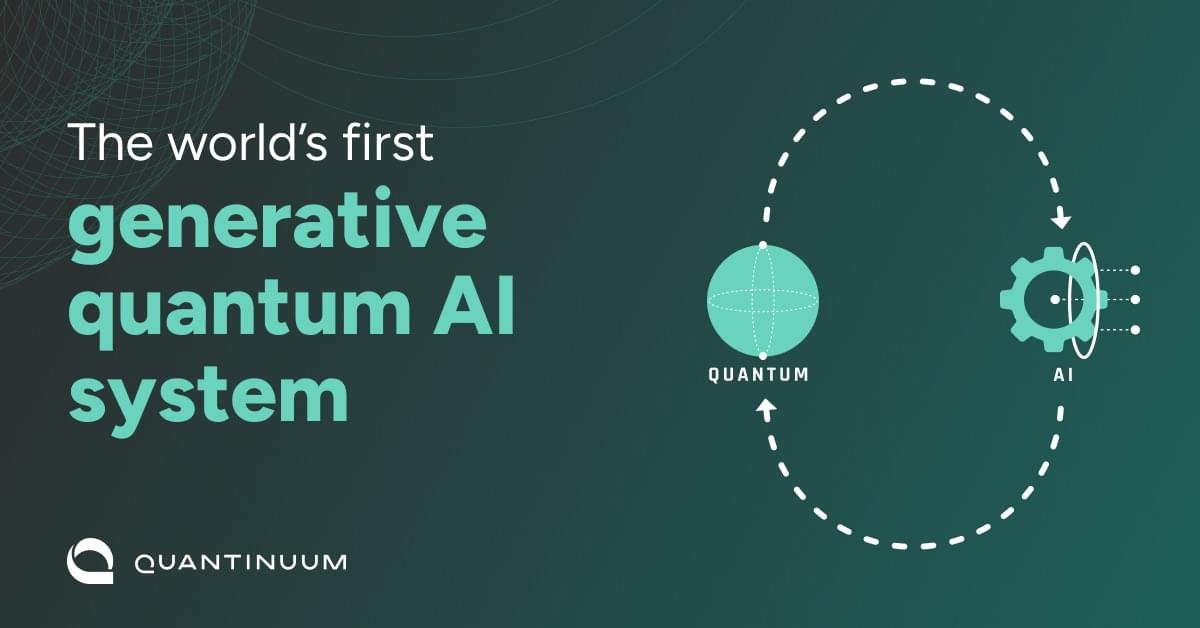A recent large-scale study published in Science Advances has revealed a connection between genetic variations associated with dyslexia and structural differences in the brain. These differences were found in areas involved in motor coordination, vision, and language. This provides new insights into the neurological underpinnings of this common learning difficulty.
Dyslexia is a common learning difficulty that primarily affects the skills involved in accurate and fluent word reading and spelling. It’s characterized by challenges with phonological awareness (the ability to recognize and manipulate the sounds in spoken language), verbal memory, and verbal processing speed. People with dyslexia may struggle to decode words, recognize familiar words automatically, and spell words correctly. Importantly, dyslexia is not related to a person’s overall intelligence. It’s considered a neurodevelopmental condition, meaning it arises from differences in how the brain develops and processes information, particularly related to language.
Genetic disposition to dyslexia is associated with brain structure in the general population.
